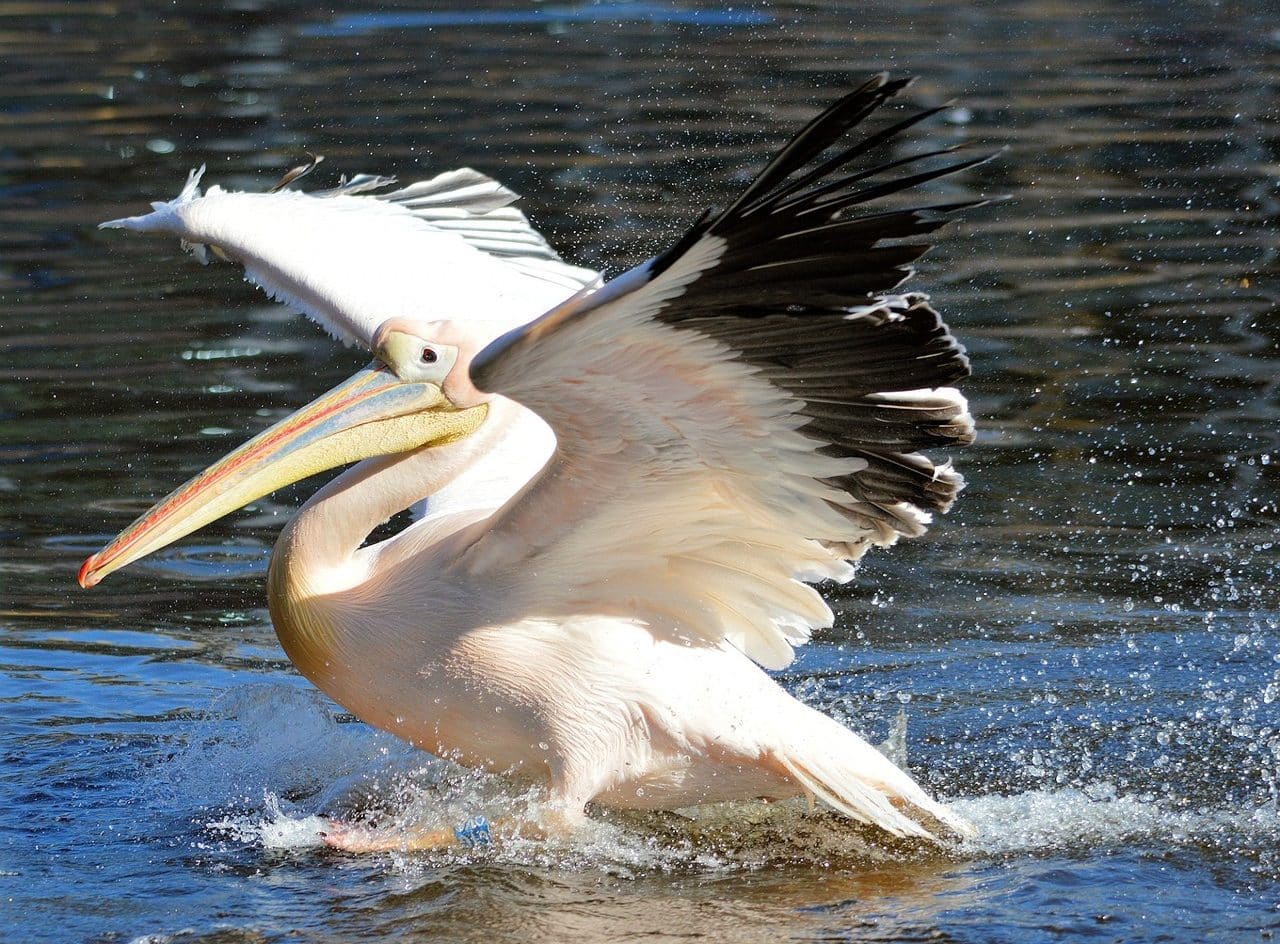
A vertebrate animal has vertebrae.
A vertebrate animal is a living being of the kingdom Animalia whose skeleton is made up of a certain number of vertebrae; that is, it has a backbone . Vertebrate animals also have a skull and a central nervous system .
It should be noted that animals are examples of species that make up the kingdom Animalia . Among its characteristics are its autonomous capacity for movement and the fact of reproducing sexually.
Vertebrate , on the other hand, is an adjective that comes from vertebrātus and is used in the field of zoology . The term allows us to name those living beings that have vertebrae (the bones that make up the backbone or vertebral column ).
Vertebrate animal species
Specialists claim that there are more than 60,000 species of vertebrate animals. Among them is Homo sapiens , which, when it reaches adulthood, has 24 vertebrae.
It is important to note that vertebrate animals are not only on the earth's surface: there are also numerous aquatic animals that have vertebrae. At a general level, it is possible to recognize three different areas in the body of this class of animals: the head , the trunk and the tail .
In this framework we must talk about the concept of chordate animals , a phylum (that is, a category that taxonomy places between the class and the kingdom) whose main characteristic is the existence of a notochord or dorsal chord composed of turgid cells, gill slits (gills or gills), a structure called the neural tube (from which the central nervous system arises) and a tail (also known as the tail , a flexible appendage that is distinguished from the torso and is located at the posterior end of the body).

Birds are part of the group of vertebrate animals.
Its origin
It is believed that vertebrate animals emerged in the Paleozoic era, within the framework of a stage known as the “Cambrian explosion” . The first vertebrate animal would have been the Myllokunmingia , but there are no details about its characteristics. It is estimated that this animal lived about five hundred and twenty-five million years ago.
Although there are those who believe that the Myllokunmingia is the oldest vertebrate animal on Earth, this claim is at the center of a debate that has not yet concluded, since some scientists exclude it from this group. The theory that places it in the group of vertebrates also includes the assumption that it is a chordate.
The fossil remains of Myllokunmingia were found in China , in a geological formation called the Maotianshan shale . Their physical appearance reminds us of the current hagfish (also known as hagfishes or witchfish ), a class of fish in which there is only one order and one family ( Myxiniformes and Myxinidae , respectively), but around sixty species.
Although Myllokunmingia is believed to be the oldest vertebrate animal, it is worth mentioning that the dimensions of its fossil remains are smaller than we expect when referring to this group: its length is 28 millimeters and its height is 6 millimeters . Regarding its skull and skeleton, specialists described them as cartilaginous-type structures, something that can also be noticed in hyperoarths , animals similar to eels that are called lampreys in popular language.
No trace of biomineralization can be seen in the elements of its skeletal structure. Its head and trunk are easily differentiated. It exhibits a dorsal fin and a ventral fin, both without rays. On its head there are about five gills and on its thorax, twenty-five pointed segments facing the back of the body.
It should be noted that the group of animals that do not have vertebrae is called invertebrates . Insects, worms and other animals are found in this group.
